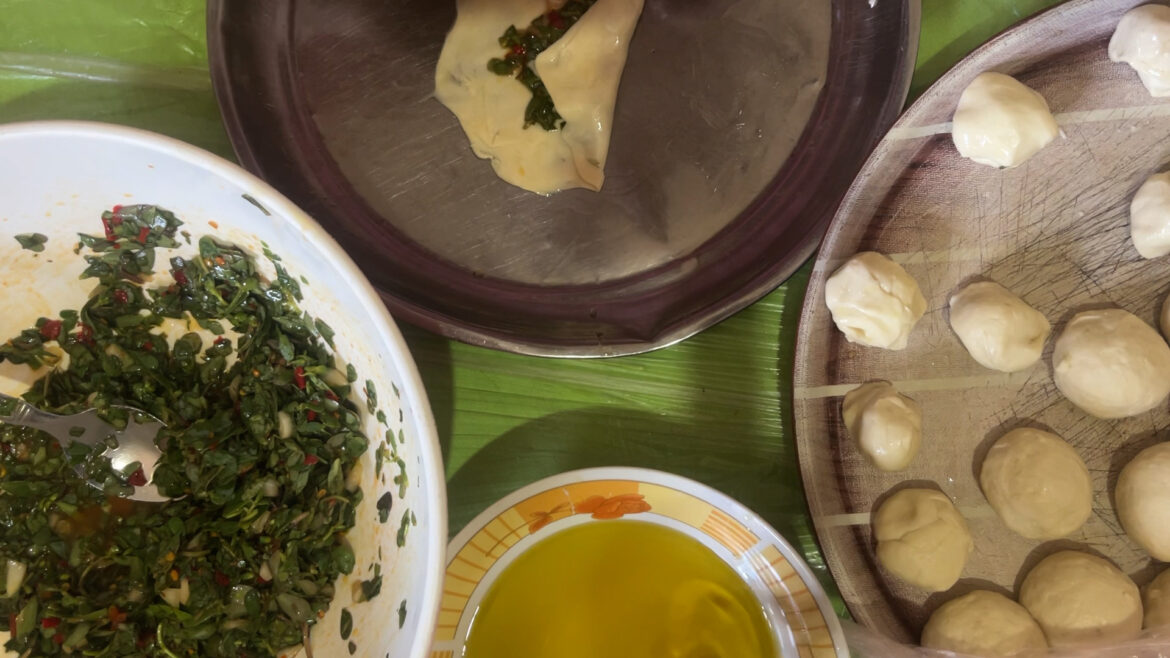“We eat what is available, and we invent what is not available,” said Kariman Abu Ras, a 50-year-old woman, about the food insecurity and famine that the residents of northern Gaza are experiencing, which has led her to cook many types of food with canned food that she obtains with difficulty due to the scarcity of aid reaching northern Gaza.
In the winter, Abu Ras relied on plants that grow from rainfall. Mallow was the main dish from which pastries, stuffed vegetables, and stews were made, in addition to the sorrel plant, from which sumac, bread, spinach, and some cooked spinach dishes were cooked.
In the summer, purslane was present, so I also made pastries from it and used it as a substitute for salad.
The Israeli occupation prevents the entry of vegetables, fruits and meat into the northern areas, which increases the challenges facing the residents in securing their daily food.
In turn, Mai Murshid, in her thirties, said, “Due to the severe hunger experienced by the people of the north, we have begun to invent different types of food from canned luncheon meat, peas, and chickpeas.”
They made shawarma, golden pie, kibbeh, and pastry sheets from luncheon meat boxes, in addition to burgers and steaks. It is the same box, but they cooked several types of it without the vegetables being present, so they replaced the onions and garlic with powder as well.
The residents of northern Gaza suffer from a lack of livelihood, which leads to malnutrition and an increase in deaths, especially among children and the elderly, as the lack of food has exhausted their thin bodies.



